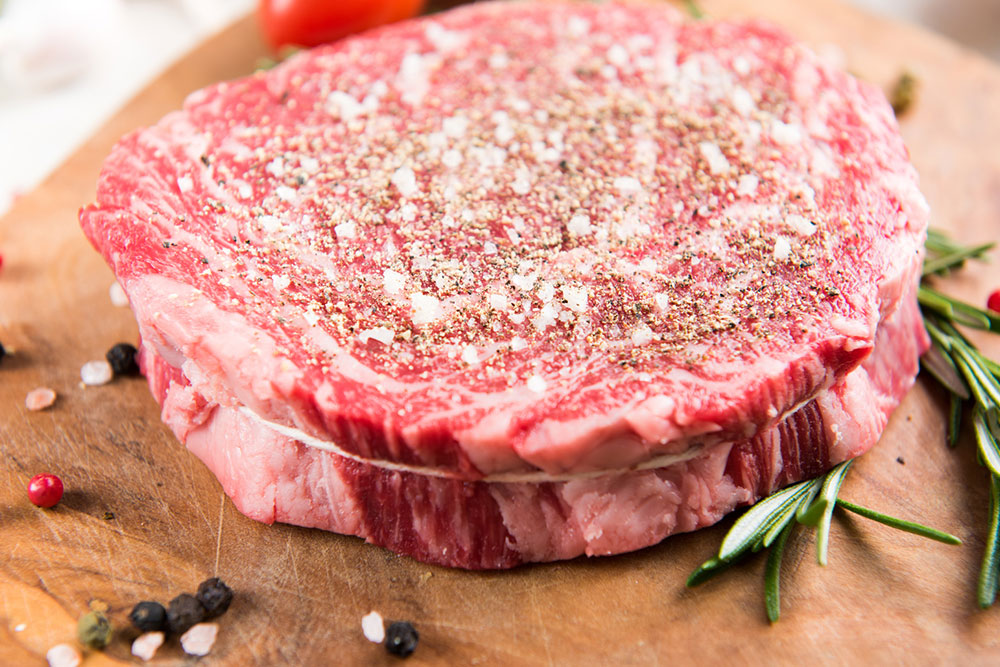4 tips to buy grass-fed organic steak

Meat is a major source of protein throughout the country. Whether it’s a steak for a special celebration or a lovely pasta dish, beef is a staple in most households. Given its mass consumption, it is incredibly important to consider its quality and where it comes from, as these factors can significantly impact one’s health. So, one can follow these tips to buy good-quality organic grass-fed steak to ensure one consumes good-quality protein.
Research well and check the labels
Before heading out to shop for steak, spend a little time researching the various industrial terms commonly used on labels. Some of these include pasture-raised, pastured, grass-fed, organic, etc. For grass-fed beef, it is best to ask the local butcher about the cow’s lifestyle or look for the American Grassfed Association’s logo, which indicates that the animals were reared humanely. To meet the organic standard requirement, the farm must meet special USDA standards, such as giving organic feed to the cows and steering clear of hormones or genetically-modified feed.
Buy from local butcher shops
Buyers can get better-quality beef from local butcher shops and small farmers who sell directly to consumers. To find these suppliers, check out farmer’s markets in the area. This will also give customers a chance to interact with ranchers and farmers and learn first-hand about how they rear good-quality cows, as well as their practices to reduce their carbon footprint to save the environment.
Check the age of the cattle
Even if the packaging says “grass-fed,” it does not imply that it is of premium quality. Some sellers may charge extra for grass-fed beef that is old and does not promise the best eating experience. To get the best quality, look for beef that is two and a half years old or younger.
Double-check with restaurants
This awareness should not be limited to cooking at home. Be sure to ask how the steak was sourced, even when eating at restaurants. Consumer awareness can help build a more sustainable supply chain, improving the lives of these animals and the overall quality of one’s food.